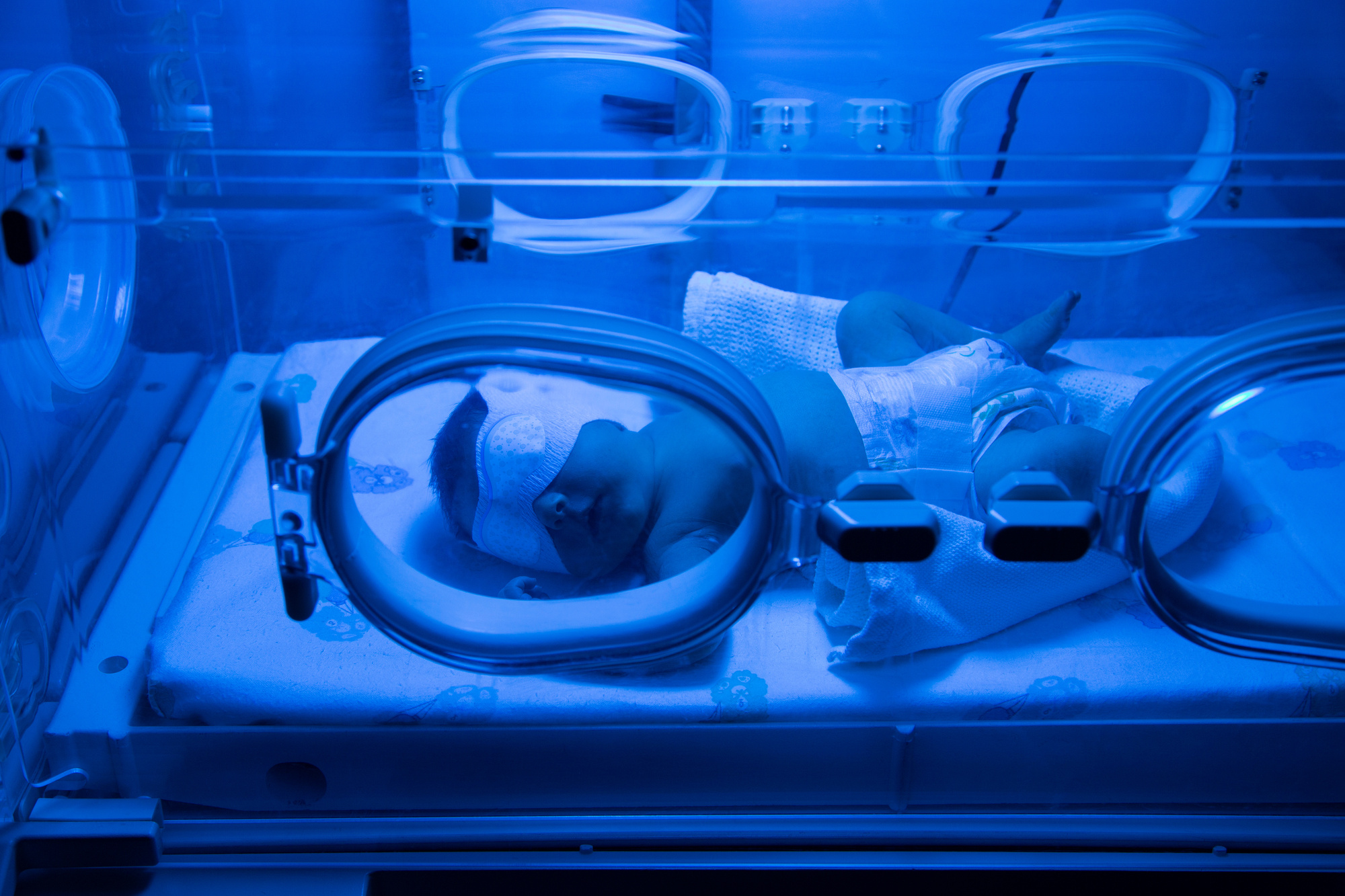Blue light therapy is increasingly being harnessed in medical and cosmetic applications, from treating skin conditions to managing sleep disorders and mood-related problems. As with any therapy, understanding its efficacy, safety, and limitations is crucial before starting this treatment.
This comprehensive guide illuminates the multi-faceted aspects of this innovative therapy. By delving into its potential, this article provides a roadmap on harnessing its benefits for optimal health and holistic well-being.
Contents
Understanding Blue Light Therapy
Blue light therapy utilizes the blue wavelengths of light to induce specific biological responses. With wavelengths between 450 and 495 nanometers, blue light is part of the visible light spectrum that the human eye can perceive. Blue light therapy’s basic premise is that certain light wavelengths can interact with the body’s cells, leading to various therapeutic effects.
The applications of blue light therapy stem from its unique characteristics. Blue light wavelengths are known for their antibacterial properties, and they also influence the body’s circadian rhythm, the internal biological clock that regulates sleep-wake cycles. Understanding these characteristics is crucial in grasping how blue light therapy can benefit different aspects of health.
Blue light therapy can be administered in a variety of ways. Blue light devices are designed to focus the light on affected areas for treating skin conditions. Blue light boxes or lamps are used for sleep disorders and mental health conditions, providing exposure to the eyes.
It’s important to understand that blue light therapy should be administered based on the individual’s specific needs and the condition being treated. Therefore, it is recommended to consult with a healthcare provider or therapist specializing in light therapy before starting treatment.
Applications Of Blue Light Therapy

Blue light therapy has a broad range of applications that span dermatology, sleep science, mental health, and more. Here are some notable applications:
Skin Conditions
In dermatology, blue light therapy is widely acknowledged for its positive effects. For acne, the treatment operates by eliminating Propionibacterium acnes, the bacteria that induce acne formation. These bacteria are sensitive to blue light, provoking a reaction that destroys them.
Besides acne, this therapy also addresses other skin concerns like sun damage, rosacea, and psoriasis. It assists in reducing inflammation and boosting skin rejuvenation, which helps minimize signs of aging and improve overall skin health.
Seasonal Affective Disorder (SAD) And Depression
Mental health treatment is another significant domain where blue light therapy demonstrates potential. Particularly in combating Seasonal Affective Disorder (SAD), a depressive disorder linked to shorter daylight hours during fall and winter, blue light therapy can be effective.
The therapy operates by simulating the uplifting effects of natural sunlight, triggering the production of serotonin, a brain chemical associated with mood enhancement. Research also suggests the possibility of its efficacy in managing other forms of depression.
Sleep Disorders
Blue light is intricately connected to our circadian rhythms, the biological cycles that control sleep-wake patterns. Regular exposure to blue light during the daytime can help align these rhythms, leading to improved sleep quality and reduced insomnia symptoms. Blue light suppresses the production of melatonin, the hormone that regulates sleep, which makes us feel alert during the day and ready for rest when it gets dark.
Methicillin-Resistant Staphylococcus Aureus (MRSA)
Blue light therapy has shown promising results in managing infections caused by MRSA, a resilient strain of bacteria resistant to many antibiotics. The therapy functions by directly exterminating these bacteria without causing harm to the skin or surrounding tissues, providing a non-invasive alternative to traditional antibiotics.
Cancer
In the field of oncology, blue light is employed as part of photodynamic therapy. This procedure involves a photosensitizing agent, which, when activated by blue light, triggers a chemical reaction that can destroy cancer cells. This approach has been used to treat various cancers, including skin, lung, and esophageal cancers.
Neonatal Jaundice
Blue light therapy is crucial in treating neonatal jaundice, a common condition in newborns where a buildup of bilirubin in the blood causes yellowing of the skin and eyes. The blue light transforms the bilirubin into a form that the baby’s body can process more easily, effectively reducing the symptoms.
Despite its various applications, it’s important to remember that the success of blue light therapy can depend on several factors, including the specific condition being treated, individual physiological responses, and the wavelength and intensity of the light applied. As such, seeking professional medical advice before commencing any new treatment regimen is always recommended.
Safety And Side Effects Of Blue Light Therapy
While blue light therapy is largely safe and non-invasive, some potential side effects need to be considered. These can include temporary changes in skin color, dryness, or a slight increase in sensitivity to light. Typically, these side effects are mild and subside shortly after treatment.
It’s also worth noting that while blue light therapy can benefit certain aspects of health, overexposure can have adverse effects. Excessive exposure to blue light, particularly from screens, can lead to eye strain and disrupt sleep patterns. Therefore, it’s crucial to balance the benefits of blue light therapy with potential risks and use it under proper guidance.
Conclusion
This comprehensive guide to blue light therapy reveals a therapy with vast potential. From treating skin conditions and regulating sleep cycles to its potential in the mental health realm, blue light therapy is a testament to the merging of nature and technology for therapeutic purposes.
However, it is also crucial to remember that while the therapy is generally safe, it must be administered appropriately, with due consideration given to potential side effects. The future holds great promise for further integrating blue light therapy into health and wellness strategies, making it a therapy worth watching.



